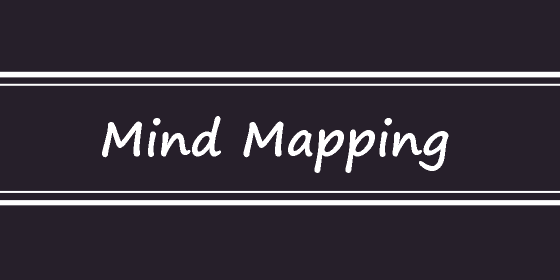Mind Mapping

Mind mapping is a visual technique used to organize and represent ideas, concepts, and information in a nonlinear and hierarchical manner. It is a powerful tool for brainstorming, problem-solving, and creative thinking. Mind maps are often depicted as diagrams with a central idea or topic at the center, and related subtopics branching out from it in a radial or tree-like structure.
The process of creating a mind map involves the following steps:
- Central Idea: Start by placing the central idea or topic in the center of the page or canvas. This idea serves as the main focus of the mind map.
- Branches: From the central idea, create branches that represent the main categories or subtopics related to the central idea. Each branch can be labeled with a keyword or short phrase.
- Sub-Branches: For each main branch, add sub-branches to further expand on the topic. These sub-branches can represent specific details, examples, or related concepts.
- Keywords and Images: Use keywords, single words, or short phrases to represent the content of each branch and sub-branch. You can also use images or icons to enhance visual representation and aid memory.
- Associations and Connections: As you add branches and sub-branches, make connections between related ideas using lines or arrows. This helps show relationships and associations between different elements.
Mind maps are highly flexible and allow for a free-flowing representation of ideas. They encourage divergent thinking and help individuals explore connections and relationships between different concepts. Mind mapping is particularly beneficial for brainstorming sessions, note-taking, studying, organizing information, and problem-solving.
Benefits of mind mapping include:
- Visualization: Mind maps make complex information more accessible and easy to understand by presenting it visually.
- Memory and Retention: The visual and non-linear nature of mind maps aids memory and enhances information retention.
- Creativity and Idea Generation: Mind mapping stimulates creative thinking and encourages the generation of new ideas.
- Organization and Structure: Mind maps provide a clear and structured overview of a topic or problem.
- Collaboration: Mind mapping can be a collaborative exercise, allowing teams to share and build on each other’s ideas.
Various digital tools and software are available for creating mind maps, making the process even more dynamic and accessible for individuals and teams. Whether on paper or digitally, mind maps are a valuable tool for visual thinking and unlocking creativity.